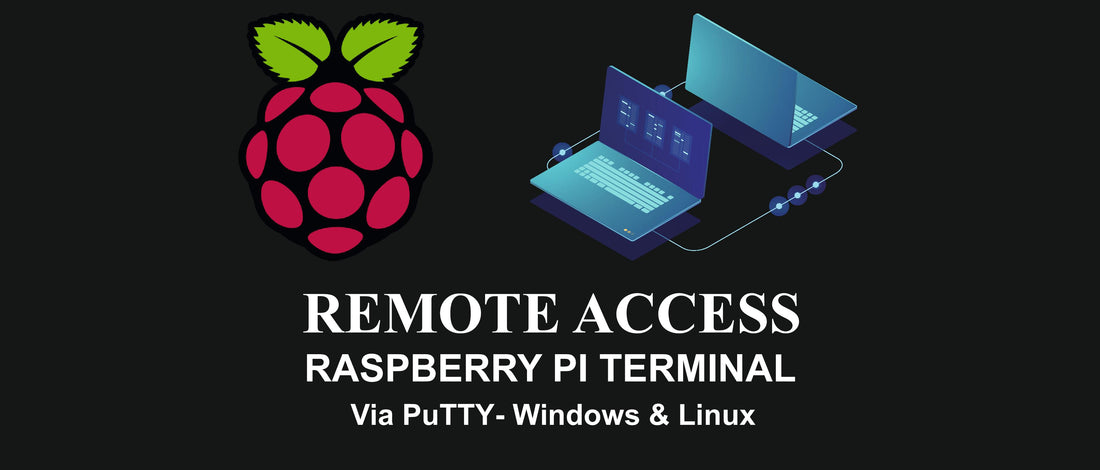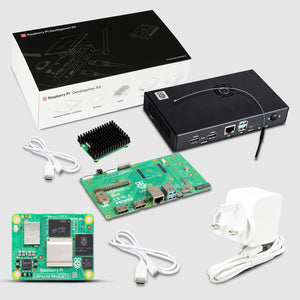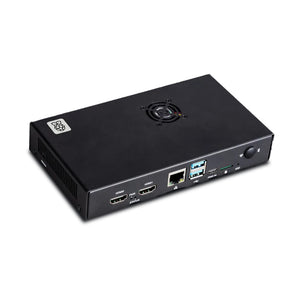Introduction
PuTTY is a free software implementation of SSH (Secure Shell) and open-source terminal emulator which is also used in network file transfer. In layman language PuTTY helps in remote access of your Raspberry Pi terminal through your Windows or Linux system.
PuTTY was developed and maintained by Simon Tatham and the name PuTTY officially doesn’t have any meaning. This software was initially made for Windows users and then developed for Unix and macOS users. PuTTY development was started in late 1998 and the SSH was added in 2000. They upgrade it from time to time the latest version which you can use is the PuTTY 0.73 with least bugs. It also supports command line SFTP implementation. The FileZilla users can also use PuTTY for file transfer.
Enable SSH on Raspberry Pi
Before installing PuTTY enable SSH on your Raspberry Pi:
Go to Preferences >> Raspberry Pi Configuration >> Interfaces >> Enable SSH
IP Address of Raspberry Pi
To find out your Raspberry Pi IP Address write the command :
hostname -I
Installing PuTTY in Windows
PuTTY is available for both 32bit and 64bit Operating Systems. To download a copy of PuTTY for your Windows use the link https://www.puttygen.com/download-putty. The 0.73 version is the latest version which was released in September 2019. After the package is installed starting with the configuring and installing in the system.
- This is the first installing page or welcome page, click on the Next :
- The next page which will pop is the page asking to choose the destination place where you want to install the PuTTY file. You can change it if you want to else it will be installed in the default place :
- The second last page will ask to select the product feature to install. If you want to create the PuTTY shortcut on our Desktop you can select it. Other options generally gets enabled. Then click on the Install option :
- After the installation process is completed. Click Finish option and PuTTY is ready to be used.
Run PuTTY on Windows
PuTTY is now installed on your system and we can run it by double-clicking the icon on the desktop. Once the software starts the PuTTY Configuration window pop-ups. This window asks you the IP Address of the Pi or hostname of the system which you want to connect to. If you don’t know the IP Address of your Pi you can simply write hostname -I and you will get the IP. Next is space for the port number to connect the IP/TCP port. On port 22 the SSH server runs. For exiting the window and starting the connection click the Open option.
If you are first time connecting the server then a PuTTY server security Alert dialogue box will be popped saying the server's host key not being cached in the registry.
This is a general warning which comes when you first time connect s server so nothing to worry about just click Yes and move to the next step. The terminal of the Raspberry Pi will open now.
Enter the Username and the password of the Raspberry Pi and the terminal is ready to use.
Installing PuTTY on Linux
Start with updating and upgrading your Linux system by :
sudo apt update
sudo apt upgrade
Now write the following command for installing PuTTY in your Linux system:
sudo apt-get install putty
The package will be installed in your system. To run the package write just putty
In the terminal and PutTTY Configuration window will open
All the other things are the same as we have seen in Windows PuTTY Configuration.
Refer to the above Windows section for the next steps.
If you want to get the remote access of the Raspberry Pi GUI you can use VNC. To get
More information refer to Remote Access To The Raspberry Pi Using VNC




















